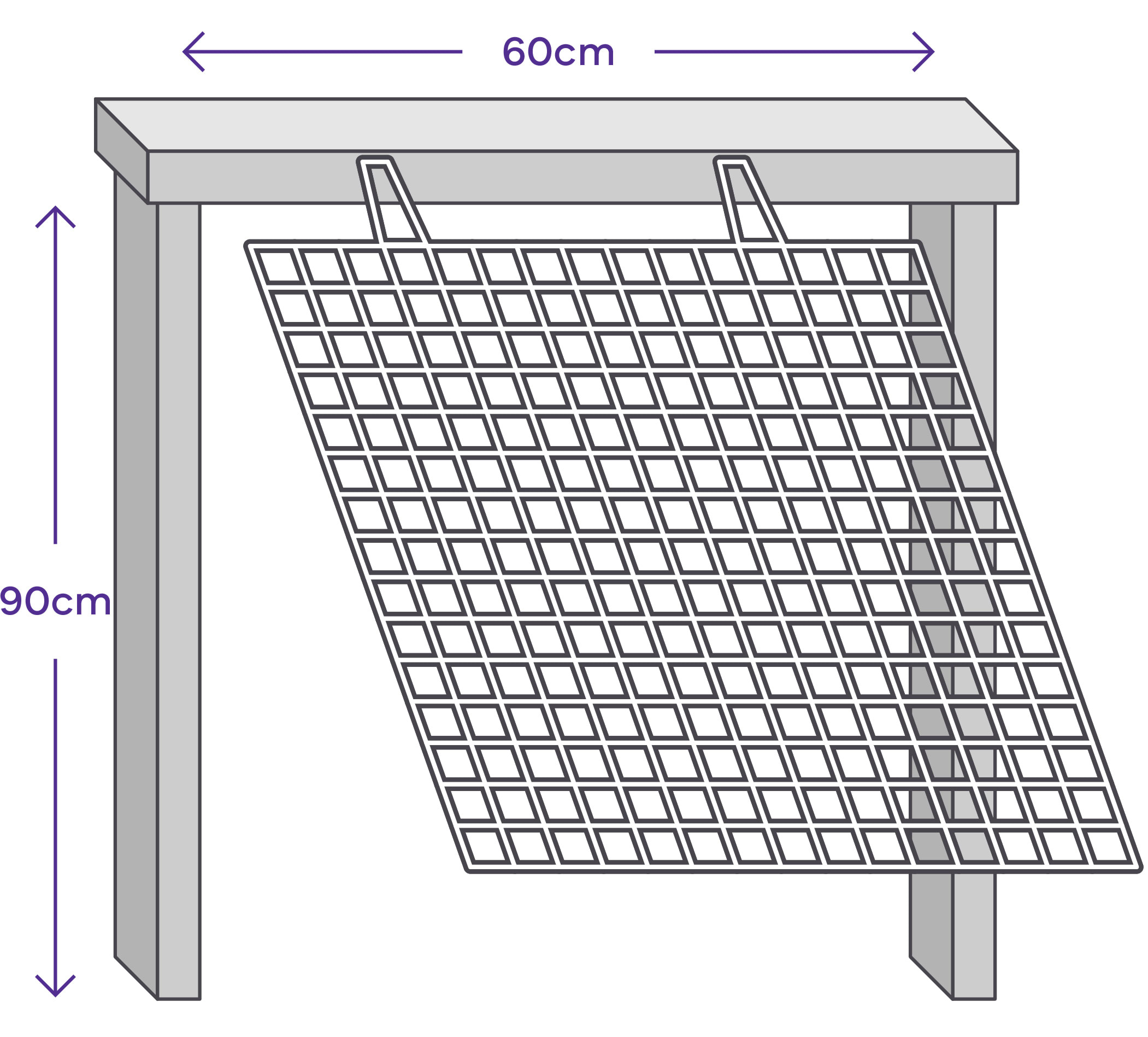- Published by:
- Conservation Regulator
- Date:
- 20 May 2024
Wombats are one of Australia’s most widely recognised fauna species, and the Common Wombat is the only species of wombat that occurs in Victoria.
Common Wombats are large, squat and muscular, with short limbs and thick claws that are perfect for burrowing. They are also called the Bare-nosed Wombat. Common Wombats are herbivorous, feeding mainly on grass, and are nocturnal, meaning they are typically active at night.
They are mostly solitary creatures and are quite territorial. Common Wombats are protected in Victoria under the Wildlife Act 1975. Wombats can cause problems on farms by damaging rabbit-proof fencing, by burrowing in pasture, creating hazardous holes for stock and vehicles and by undermining dams and the supports of buildings through their burrows. However, many of these issues are able to be resolved through appropriate management.
Management methods
There are a number of options available to manage the impact of wombats on your property:
Marking burrows
Simply marking the position of burrows with posts can make it easy for vehicles to avoid them.
Damage to buildings and infrastructure
Wombat access to spaces under buildings can be prevented by erecting heavy gauge reinforcing mesh or the two-wire electric fence described below. The mesh can also be used to prevent wombats from burrowing in dam walls.
Fencing
To exclude wombats from an area, electric fencing can be erected. A proven design is a two-wire electric fence, with the live wires at 15 and 30 cm above the ground, this is most effective when constructed on the outside (30 cm out) of an existing boundary fence.
Gating
Wombats like to follow the same pathway to a preferred feeding area. The installation of swing gates at existing wombat runways can be used as a long-term solution to continual fence repairing. This solution will not exclude the wombats, but it can create a path that only they can use. Firstly, select two or three well used wombat holes in a fence and repair any other holes within a few hundred meters. Check and repair these holes daily to ensure the chosen holes are used. After about a month the wombats should be using only the selected holes. After this, the frame for the gate should be erected around the hole and left for the wombats to become accustomed to it before the gate is hung. When the gate is then put in place, it should be left partly open so that the wombats passing through must lift it only slightly. After another week or two, the gate can be allowed to hang vertically, allowing the wombats to pass through. Such a gate will exclude rabbits and kangaroos, and reduce greatly the incidence of fresh wombat holes being made in fences.
Gate design
The gate must be light enough for a wombat to push through but also sturdy and sufficiently heavy to deter other species, such as rabbits or wallabies. The gate should be constructed of mesh so that the wombat is able to see through it. Star pickets can be used as the frame for the gate. Ongoing maintenance of the gate is required to ensure that the gate remains functional.
Other methods
Lethal control of wombats to reduce damage to boundary fences is not recommended by DEECA. The interface between pastures and adjacent bush is a highly productive habitat for wombats. Therefore, the lethal removal of an established adult wombat from an area merely allows a young, transient wombat to take its place.
Authority to Control Wildlife
If you require an Authority to Control Wildlife (ATCW) you should complete an ATCW application form and submit it to the Office of the Conservation Regulator (OCR).
Your ATCW application will be assessed by an OCR officer who may inspect your property to confirm the damage being caused by wildlife.
An ATCW for lethal control will only be issued if the officer is satisfied that it is necessary to manage the problem and that all practical non-lethal control options have been exhausted.
Further information
- Visit wildlife.vic.gov.au(opens in a new window)
- Visit Authority to Control Wildlife (ATCW) application
- Phone 136 186 8am – 6pm, Monday – Friday
- Email customer.service@deeca.vic.gov.au
- Contact your local DEECA regional office(opens in a new window)
Updated
